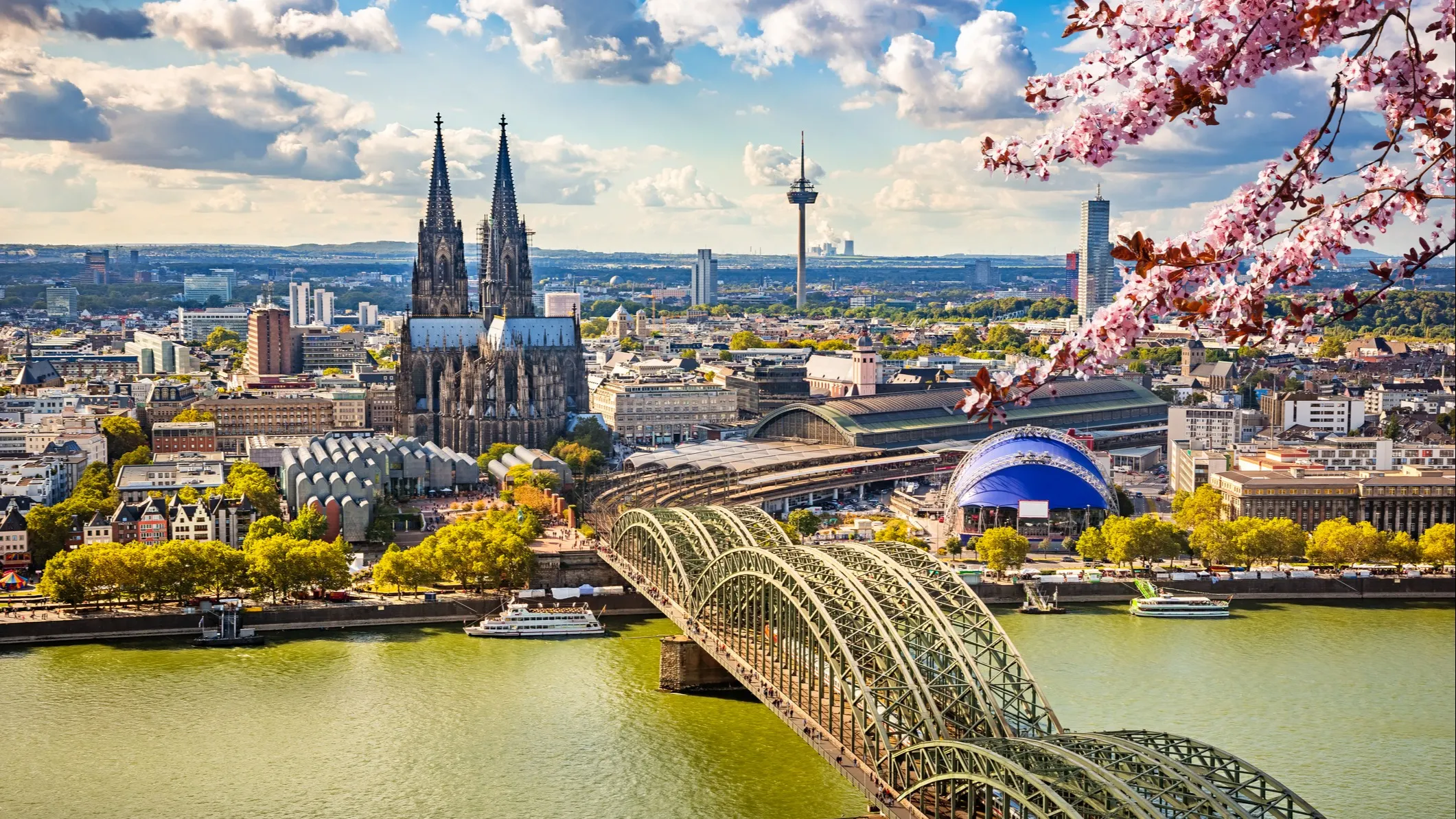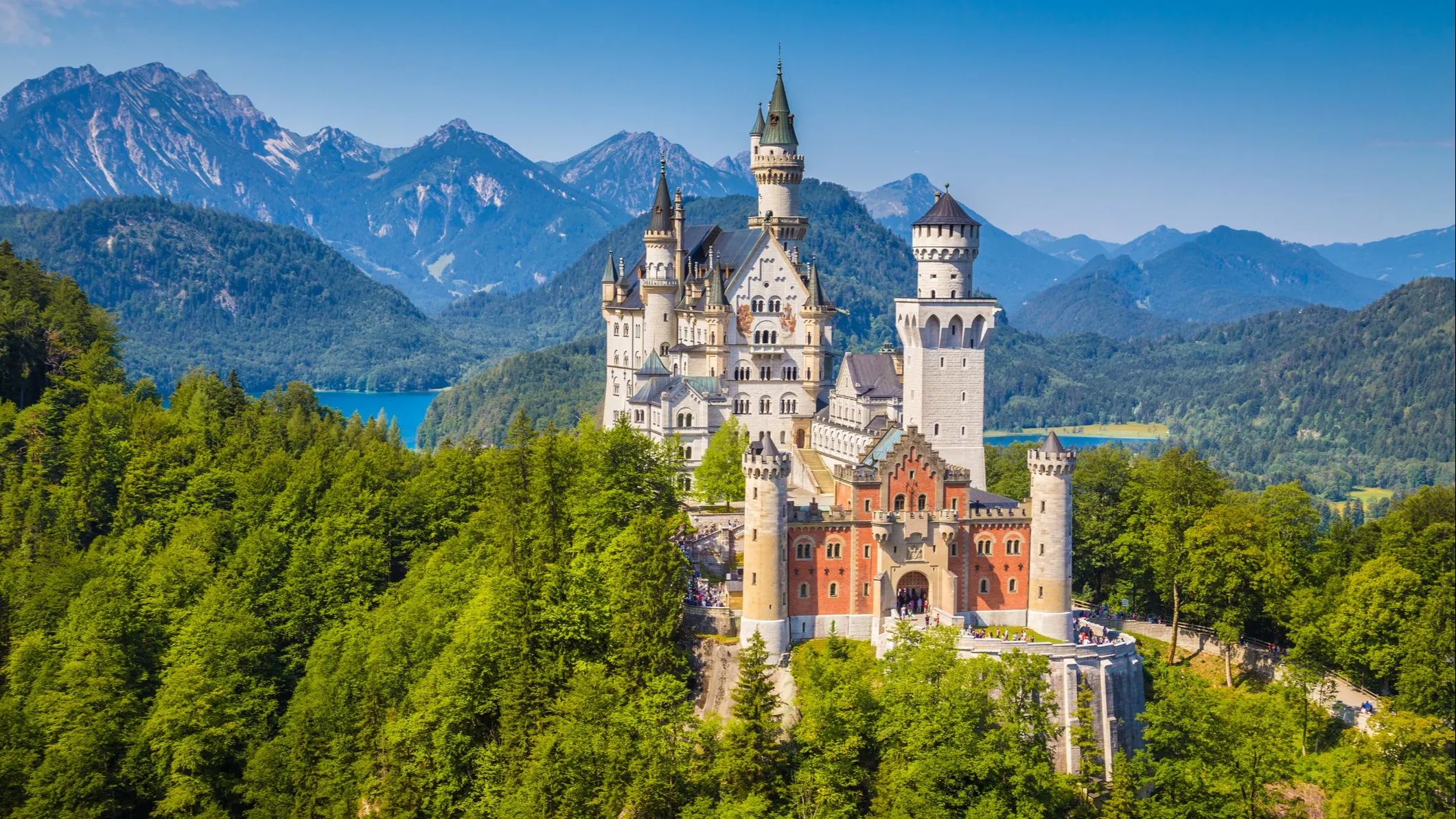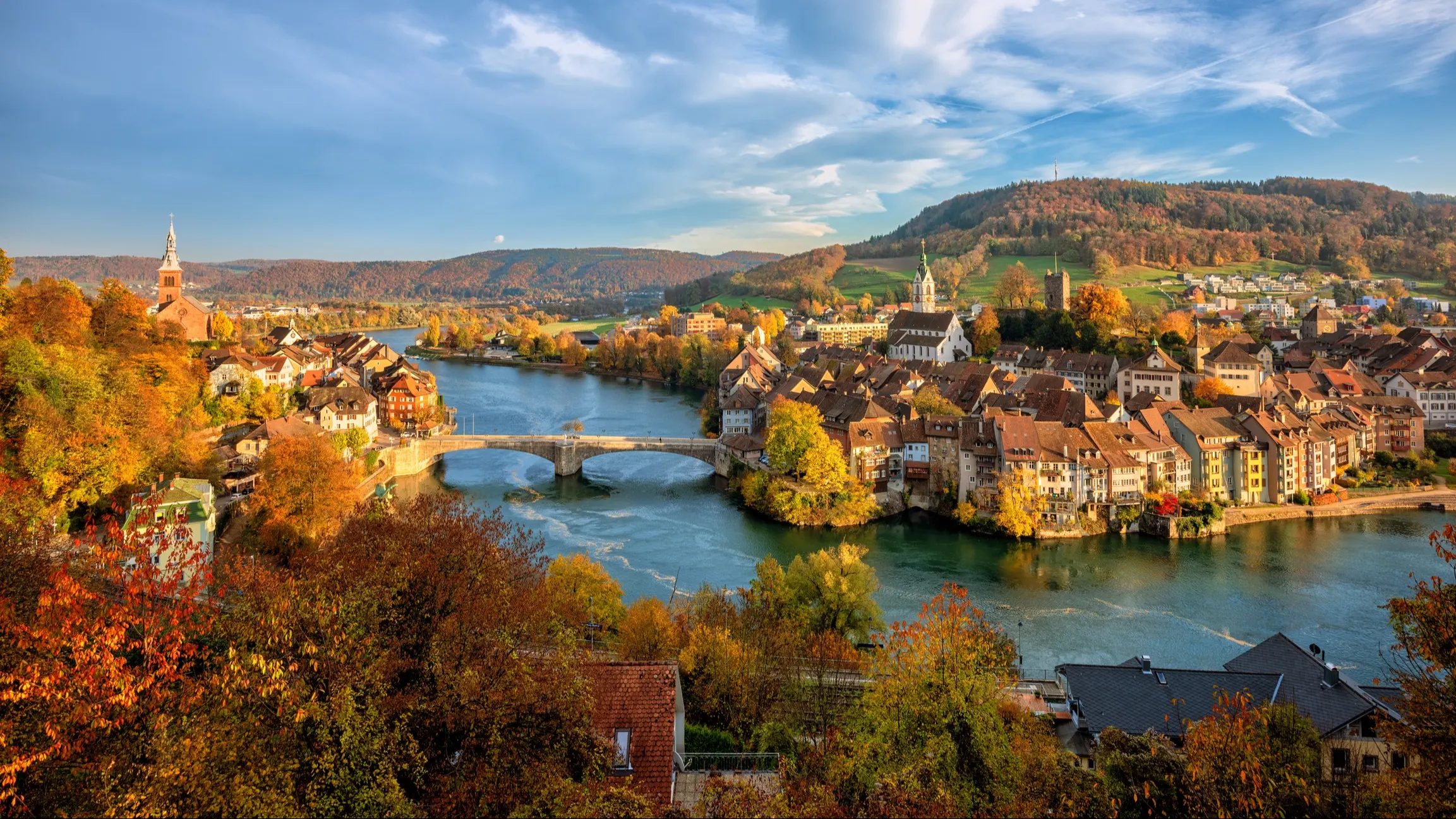By Erik Meyers
When traveling to a new place, planning the trip can be a hassle. The biggest question is always: when is the best time to go? You have a list of things you want to make sure you see and do on your trip, but you want to try and find the best time of year to do it.
That's why I've put together this overview of the best times to visit Germany, based on what you might want to see and experience while you are there.
That's probably the best way to start planning a trip to Germany: make a list of things you want to make sure you don't miss when you're here. And if there are seasonal activities you just have to do, such as skiing or snowboarding, then that will make the choice of timing even easier.
Wherever you go, particularly if your goal is to see one of the main places people in the U.S. talk about when mentioning Germany, head to some alternatives nearby which you won't want to miss. For Berlin, this is Potsdam with lovely castles and gardens to visit, an easy train ride from Berlin station. For Heidelberg, this is Schwetzingen Castle and Garden or the Palatinate region for hiking or winetasting. For Munich, this is one of the lakes in the area. Wherever you are in Germany, try to get out of the main tourist areas to see something different. Not only will you be rewarded with fewer tourists, but you will also be able to boast you saw something unique.
For easy reference, I've organized the following overview by season starting with spring.
Spring

Since I was born in the spring, I'll start with that, a very green time of year.
Springtime in Germany can be lovely, though often rainy and windy. You will not find too many tourists no matter where you are headed, which can be a blessing, particularly if you are headed to one of the top tourist spots such as Berlin, Heidelberg, or Munich.
In many parts of Germany flowers and trees will be blooming though the nights will still be cool.
If you like skiing, and you're lucky, early spring may still offer some skiing at the highest elevations in far southern Germany at the beginning of the Alps. If you are in that area, you can also try finding snow in nearby Austria or Switzerland.
I think the best thing in spring is to either visit a city, such as Heidelberg, Berlin, or Munich, or head to one of the nature highlights for some hiking and relaxation. My favorite for this is the Pfälzerwald (Palatinate Forest) in southwest Germany, not too far from Alsace in France.
Summer

As in most countries, summertime can get very crowded. Of course, the weather is better, though don't necessarily expect hot temperatures everywhere in Germany. For example,
this past summer was quite cool and rainy, with only a few very hot days.
The warmest part of Germany is in the southwest, so if you are headed for Heidelberg this will be a good thing. If you head to the higher elevations it can get quite chilly, but the air is so fresh and wonderful it will be worth it. Overall, there aren't the temperature extremes like in the U.S. Summer can get hot (even up to 100 F, but that is not for weeks at a time), but there are also areas of Germany that can barely hit 85 F or 90 F in the summer. Humidity tends to be lower here as well, which makes for much more comfortable days.
Summer vacation for schools ends in Germany for most states by the middle of August. If you wait to go after that, you will at least have fewer German tourists to contend with.
The days will still be long and warm of course. For me, this is often the best time to travel.
Fall (Autumn)

The fall (or autumn) brings cooler temperatures and many town festivals. Many parts of Germany offer a wide range of events, from wine harvest celebrations to town fairs to historical celebrations. These often feature a variety of food and drink, crafts for sale, and other events for the young and old.
One of the loveliest traditions is going to a wine festival in one of the wine regions of southwest Germany. You can sample the Neuer Wein (new wine—a slightly carbonated juice/alcohol mixture in the early stages of fermentation). Traditionally this is served with Zwiebelkuchen (onion tart), a delicious combination.
Early fall can be a great time to visit one of the seaside locations. You will still get some warm days, very few tourists, and the wonderful refreshing sea air.
Trees aren't as vibrant as say in New England in the U.S., but you will still see browns and yellows and you will definitely know it is fall.
Winter

Winter in Germany is marked by two main things: Christmas markets and skiing.
Almost every town, however small, offers at least one weekend of Christmas market some time from the end of November to December 23. These feature food, wine, and crafts galore. Some of the most famous, and most lovely, of the Christmas markets are Heidelberg, Rothenburg ob der Tauber (which claims to celebrate Christmas the whole year round with many shops of the holiday variety), and Nuremberg.
During the winter, it seems half of Germany is planning a ski week or weekend or currently enjoying one. Many go to the same place every year. The main skiing areas in Germany are in the far south in Bavaria, at the beginning of the Alps. Many Germans also head to Switzerland or Austria for their skiing and winter enjoyment.
These are the places with the most snow.
The rest of Germany rarely gets snow and if it does it tends to melt fairly quickly. Of course, there are some unusual years, but as the temperatures here tend to be milder, this can be more rain or sleet than anything else.
Featured Image Copyright: ©iStock/bluejayphoto





